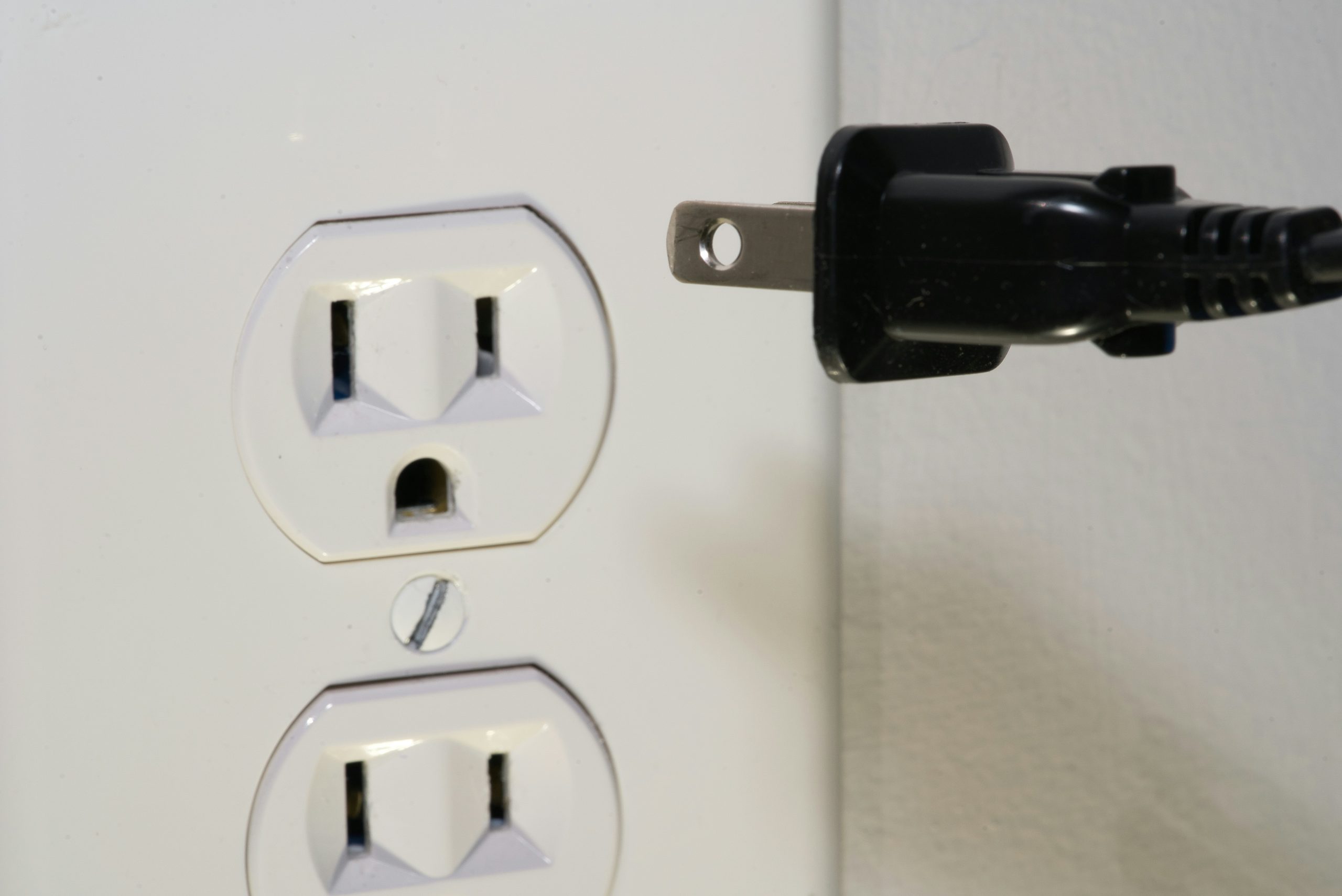If you’re considering buying or selling a home in Kingston, or even just maintaining your current property, the topic of aluminum wiring is one that might come up. While aluminum wiring was commonly used in homes built between the mid-1960s and late 1970s, it has since been largely replaced by copper due to safety concerns. However, aluminum wiring is still found in many homes today, and understanding its risks and potential solutions is crucial for homeowners and buyers alike.
Why Was Aluminum Wiring Used?
During the 1960s and 70s, copper prices surged, leading builders to seek a more affordable alternative. Aluminum was an attractive choice because it was significantly cheaper and easier to source at the time. While aluminum is a good conductor of electricity, its long-term performance in household wiring has raised some concerns.
The Risks of Aluminum Wiring
Aluminum wiring poses several risks, primarily due to how it reacts to electrical currents and environmental factors:
-
Expansion and Contraction: Aluminum expands and contracts more than copper when exposed to heat from electrical current. Over time, this movement can loosen connections, increasing the risk of overheating and fire.
-
Oxidation: Aluminum oxidizes when exposed to air, forming a layer of aluminum oxide that does not conduct electricity well. This can lead to resistance, causing wires to overheat.
-
Softness and Fragility: Aluminum is softer than copper, making it more prone to damage, nicks, and breakage when handled.
-
Compatibility Issues: Many electrical devices and fixtures were designed for copper wiring, meaning aluminum connections can become loose or fail prematurely if not properly installed.
If your home was built between 1965 and 1978, there’s a chance it may have aluminum wiring. Here’s how you can check:
-
Look at your electrical panel and wiring—aluminum wires are often marked with “AL” or “Aluminum.”
-
Check the color—aluminum wiring is typically silver, whereas copper is reddish-brown.
-
Consult an electrician for a professional inspection.
What Can You Do If Your Home Has Aluminum Wiring?
If your home has aluminum wiring, don’t panic! While it presents potential hazards, there are safe and cost-effective solutions:
-
Replace the Wiring: The safest option is to rewire your home with copper, though this can be expensive and disruptive.
-
Aluminum-to-Copper Connections (Pigtailing): Licensed electricians can use approved connectors to join aluminum wiring to copper ends at outlets and switches, reducing risks.
-
Upgrade Electrical Fixtures: Ensure that outlets, switches, and fixtures are rated for aluminum wiring (look for “CO/ALR” markings).
-
Regular Inspections: If you have aluminum wiring, it’s wise to have a professional electrician inspect your system periodically to ensure everything remains safe.
Does Aluminum Wiring Affect Home Sales?
Yes, aluminum wiring can impact a home sale in several ways:
-
Buyer Hesitation: Many buyers are wary of aluminum wiring due to safety concerns.
-
Insurance Challenges: Some home insurance companies may require an inspection, upgrades, or even complete rewiring before issuing coverage.
-
Price Negotiation: If a home has aluminum wiring, buyers may use it as a bargaining chip to negotiate a lower price or request that updates be made before purchase.
While aluminum wiring isn’t an automatic deal-breaker, it is something that homeowners, buyers, and sellers should be aware of. If you’re buying a home with aluminum wiring, have a professional electrician assess the condition and explore options for mitigation. If you’re selling, consider making updates or being upfront about wiring conditions to avoid surprises during the transaction.
Understanding aluminum wiring and its implications will help you make informed decisions, whether you’re maintaining, buying, or selling a home in Kingston. If you need recommendations for trusted electricians or have any questions about how this could impact your real estate transaction, feel free to reach out!

 Facebook
Facebook
 X
X
 Pinterest
Pinterest
 Copy Link
Copy Link



